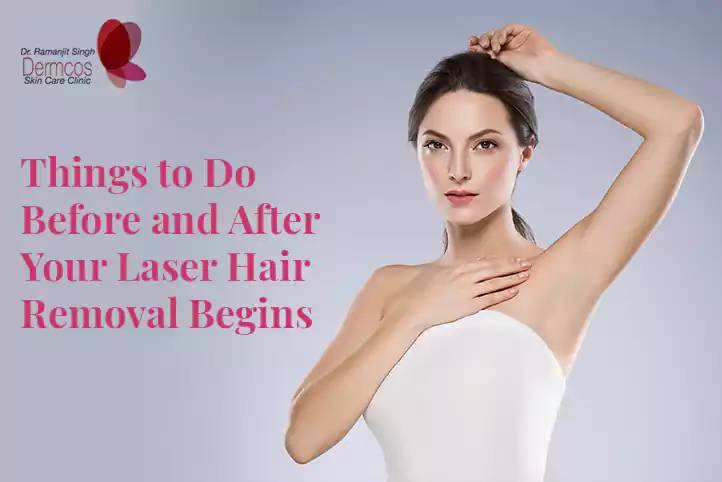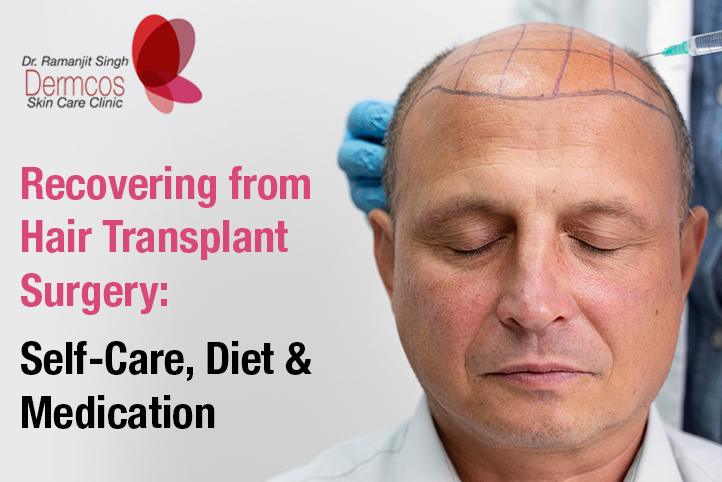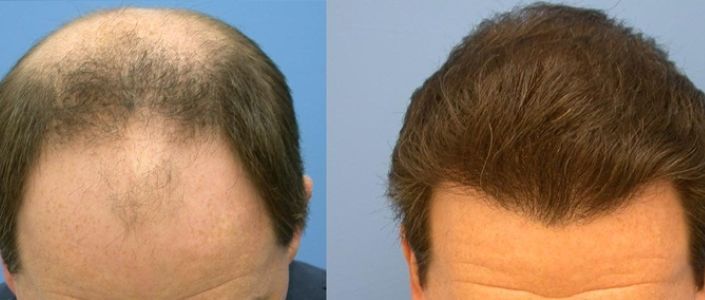Alopecia Areata is an autoimmune condition in which the skin’s own immune system attacks the hair follicles at the roots, causing the hairs to fall out intact, leaving smooth, bare patches on the scalp or elsewhere on the body . This disease most often occurs in otherwise healthy people, One fifth of patients have a strong family history. In some patients stress, pregnancy, major trauma or illness are the precipitating factors of Alopecia Areata. With limited hair loss of less than 40%, hair usually regrows in a few months The condition is cyclical and unpredictable, and the hair can grow back or fall out again at any time. Alopecia is not contagious.
Alopecia areata can cause different types of hair loss. Each of these types has a different name:
Alopecia areata (hair loss in patches).
Alopecia totalis (lose all hair on the scalp) – 5% of people
Alopecia universalis (lose all hair on the body).
. There is no cure for alopecia areata. Hair often re-grows on its own. Treatment can help the hair re-grow more quickly. A dermatologist may prescribe one or more of the following to help the hair re-grow more quickly:
Corticosteroids: This medicine suppresses the immune system. It can be given as injections, into the places with hair loss. . The corticosteroid fluid is slowly absorbed from the injection site to the local tissue for the maximum effect. The corticosteroid suppresses the T-cell immune attack on the hair follicles. For adults, these injections are often the first line of treatment. The frequency of these injections is every 3 to 6 weeks. Hair growth begins about 4 weeks
Another treatment is topical corticosteroids (applied to the skin) . It may be a cream, lotion, or ointment. The patient applies the medicine to the bare spots. This is often the best treatment for children that involve three months of treatments before any hair regrowth can start and often requires maintenance therapy to limit the effects of alopecia.
Less often, patients are put on Systemic steroids as these corticosteroid pills can have some side effects, these may be a treatment choice for patients with many bald spots.
Minoxidil: A hair re-growth medicine, minoxidil 5%, may help some patients re-grow their hair. Both children and adults can use it. Patients apply it twice a day to the scalp, brows, or beard. New hair may start to grow in about 3 months. Patients most often use this medicine with another treatment. Side effects can include scalp irritation and occasionally unwanted hair growth on the adjacent skin of the forehead or face.
Diphencyprone (DPCP): This medicine is applied to the bald skin. It causes a small allergic reaction. When the reaction occurs, a patient has redness, swelling, and itching. This allergic reaction tricks the immune system, causing it to send white blood cells to the surface of the scalp. This fights the inflammation. It also prevents the hair follicles from going to sleep, and stimulates the scalp hair to regrow. Immunotherapy treatments can take 3 months for the hair to start re-growing.
Patients often get more than one treatment at a time. A mix of two or more treatments often boosts better results.
Dandruff
Dandruff is a common chronic scalp condition in which small pieces of dry skin flake off of the scalp making your scalp itch.. Although dandruff isn’t contagious and is rarely serious, it can be embarrassing and sometimes difficult to treat. Mild cases of dandruff may need nothing more than frequent shampooing with a gentle cleanser. More stubborn cases of dandruff often respond to medicated shampoos.
: Dandruff can have several causes, including:
Dry skin. Simple dry skin is the most common cause of dandruff. Flakes from dry skin are generally smaller and less oily and you’ll likely have symptoms and signs of dry skin on other parts of the body, such as your legs and arms.
Irritated, oily skin (seborrheic dermatitis). Seborrheic dermatitis may affect your scalp and other areas rich in oil glands, such as your eyebrows, it is one of the most frequent causes of dandruff marked by red, greasy skin covered with flaky white or yellow scales.
Infrequent shampooing. If you don’t regularly wash your hair, oils and skin cells from your scalp can build up, causing dandruff.
Other skin conditions such as eczema — a chronic, inflammatory skin condition — or psoriasis — a skin condition marked by a rapid buildup of rough, dry, dead skin cells that form thick scales — may appear to have dandruff..
Over Sensitivity to hair care products (contact dermatitis). Certain ingredients in hair care products or hair dyes, especially paraphenylenediamine, may cause some reaction leading to red, itchy, scaly scalp. Shampooing too frequently or using too many hair styling products may cause sensitivity to your scalp, causing dandruff.To strike a balance is important
Mild dandruff can be easy to get rid of.
washing your hair daily with a mild shampoo until the dandruff clears;
Avoid scratching your scalp when using shampoo; instead, gently massage your scalp without scratching, as this will not damage your hair or scalp.
avoid using hair products such as hairspray and gel until the dandruff clears
Severe dandruff, need to be treated with an anti-dandruff shampoo. Some of the most widely used anti-dandruff shampoos include:
zinc pyrithione – which works by killing the malassezia fungi thought partially responsible for dandruff
salicylic acid – which helps soften and shed dead skin cells on your scalp (some people experience dryness of their scalp after using salicylic acid; using a conditioner after the shampoo can often help)
selenium sulfide – this works by slowing production of skin cells while also killing the fungi
ketoconazole shampoo – which has a powerful antifungal effect
coal tar shampoo – this again can help slow production of dead skin cells
Gently massage the shampoo into your hair. It’s important to leave for at least five minutes to allow it to work. If using one dandruff shampoo does not bring relief, try alternating between dandruff shampoos with different active ingredients.
If you do not experience an improvement in symptoms after a few weeks of using a shampoo, contact your hair expert at Dermcos Skincare Clinic.
For most people, dandruff does not require medical attention. However, sometimes the flaking and itching that appears like dandruff is actually a medical condition, such as seborrheic dermatitis, psoriasis, fungal infections of the scalp, or eczema.



